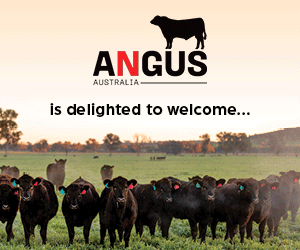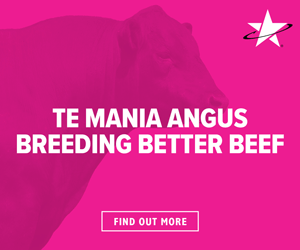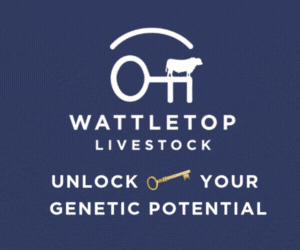Understanding economic selection indexes
The economic selection indexes published in the TransTasman Angus Cattle Evaluation are reported as genetic differences in units of net profit per cow joined ($) for the given selection scenario.
The selection indexes are developed to reflect the economics in commercial beef production systems, rather than in seedstock breeding enterprises, and consider both income and expenses.
The selection indexes reflect the short term profit generated by the animal, and where applicable, the longer term profit generated through the retention of their progeny in the breeding herd.
The selection indexes are “whole-chain” selection indexes, and consider traits influencing net profitability across the entire commercial supply chain from conception to slaughter.
Economic selection indexes assist in making balanced selection decisions across the suite of traits that influence net profitability in a commercial beef enterprise.
Economic selection indexes not only consider the influence of each individual trait on net profitability in the scenario defined by the index, but also balance the genetic relationships that exist between traits, both antagonistic and favourable, to place the appropriate emphasis on each EBV.
By comparison to selection based on consideration of individual EBVs alone where each trait is considered sequentially, economic selection indexes consider all traits simultaneously, resulting in a balanced selection outcome across all the available EBVs.
Economic selection indexes form an important decision support tool to assist breeders in the selection of breeding animals.
Selection indexes do not take the selection decision out of the hands of the breeder, but rather should be used in association with consideration of individual EBVs and any other available information to identify animals that possess genetics that are most aligned with the breeding objective of the individual breeding program for which they are being selected.






